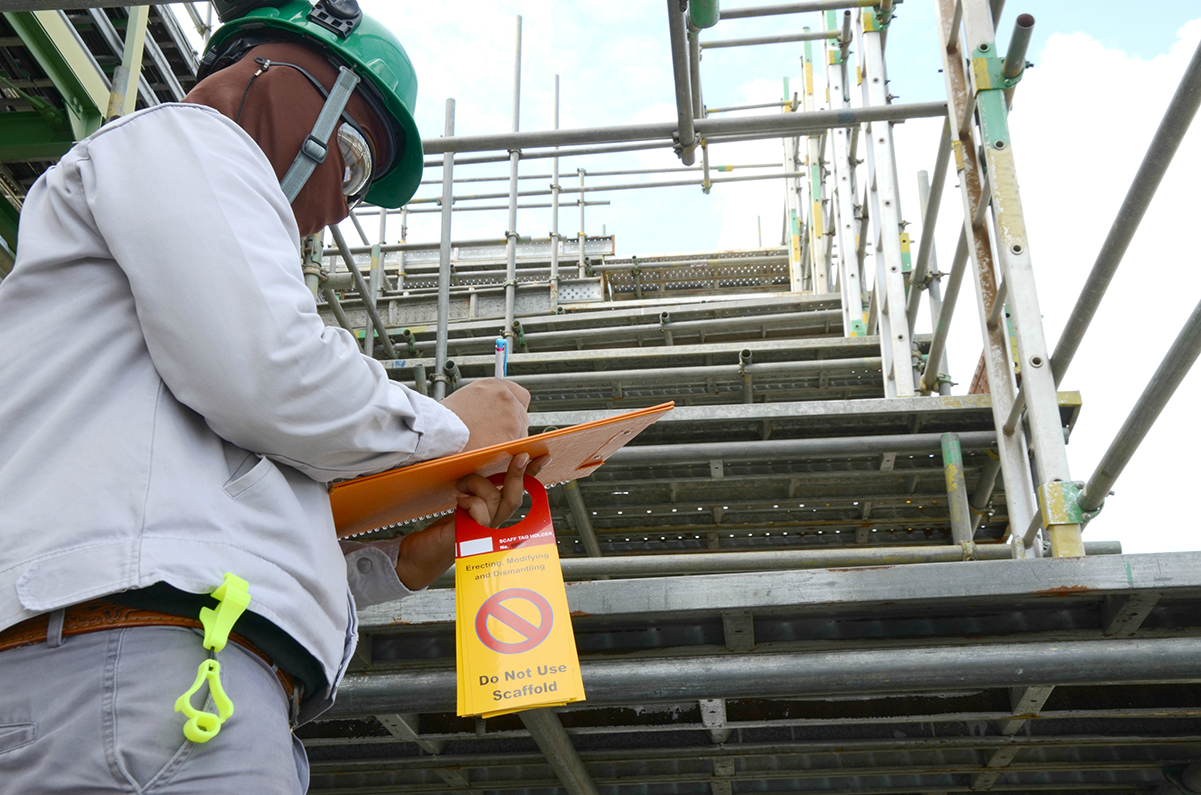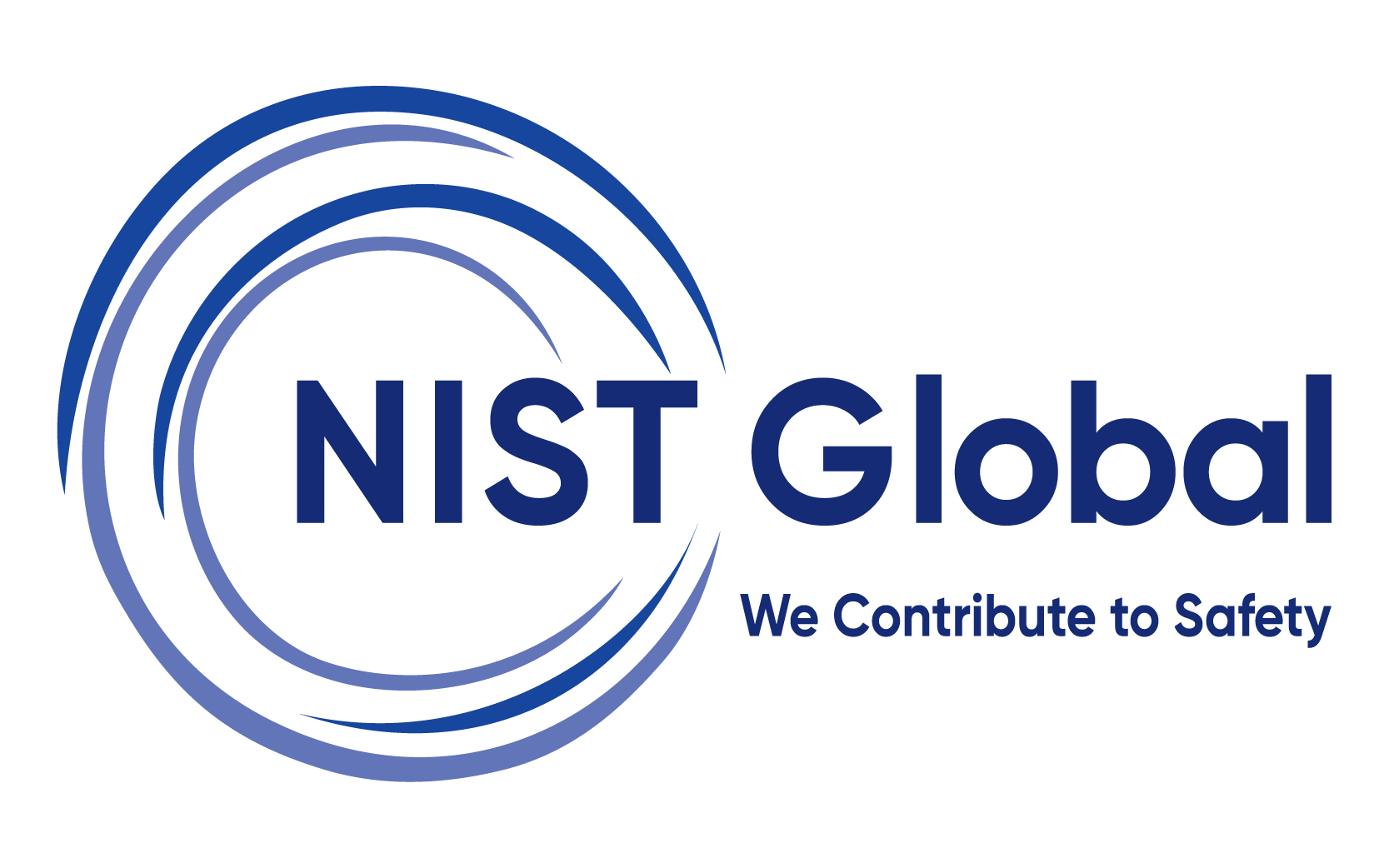Scaffold Inspector Training & International Certification
Scaffolding stands as a cornerstone in construction and renovation projects. However, the potential for scaffold collapse due to factors like overloading or instability necessitates diligent and regular inspections to mitigate risks and prevent accidents. Individuals associated with scaffold inspection should possess the necessary training, skills, and experience. Unfortunately, a significant portion of individuals engaged in scaffold inspection lacks the necessary competency.
Recognizing this critical gap, NIST Global offers two specialized training services: the NIST Certified Bespoke Scaffold Inspector Training and the Scaffold Inspector Training certification accredited by the Scaffolding Training Institute (STI), USA.
Scaffold Inspector Training from Scaffold Training Institute, USA
For Both Corporates & Individuals
-
Duration3 Days
-
Training ModeFace to Face
-
Learning PartnerNIST Global
-
SubjectScaffold Inspector
-
LevelAdvanced
-
LanguageEnglish
-
PrerequisitesNone
-
ScopeAdvanced - Theory & Practicals
Why Scaffold Inspector Training?
Ensuring maximum safety on a construction site is a multifaceted endeavor that demands comprehensive measures. Fundamental to this objective is the implementation of high-quality scaffolding systems designed in strict accordance with prevailing safety standards. While the deployment of robust scaffolding is a critical component, it is essential to recognize that safety goes beyond the initial erection phase. Regular and meticulous inspections form an integral part of this process.
Scaffold inspection is a legal prerequisite in numerous countries, emphasizing the necessity for its execution by individuals possessing the appropriate training and expertise. Additionally, scaffold inspections are not a one-time event but must be conducted regularly throughout the entire duration of scaffold use. This underscores the importance of having inspections carried out by personnel well-versed in scaffold safety practices.
Training Objective
Scaffold Inspector Training aims to equip individuals with the necessary knowledge and skills for thorough scaffold inspections. The training focuses on identifying potential hazards, assessing structural integrity, and implementing corrective measures. It adopts a step-by-step approach with realistic examples to provide a practical understanding of the inspection process. The training also covers various types of checklists, allowing participants to choose the most relevant one for different scaffolding scenarios.
Additionally, the training underscores the importance of adhering to legal requirements based on OSHA and Work at Height Regulations. It emphasizes the use of Scafftags as a visible indicator of inspection status to enhance communication within the construction environment. Overall, the training promotes a proactive risk management approach for accident prevention in construction and related industries.
Topics Covered in Scaffold Inspector Training
- Module 1: Introduction to Scaffold
- Module 2: Basic Scaffold Design
- Module 3: Inspection Of Scaffold
Who can take the Scaffold Inspector training?
- Scaffold inspectors aspiring to advance their proficiency to the next level.
- Individuals who are involved in the inspection and maintenance of scaffolding structures on construction sites.
- Site managers, health and safety officers, construction professionals, and anyone seeking insights into scaffold inspection requirements.
Assessment
Training Mode
Enquire about Scaffold Inspector Training / Course
Benefits of Scaffold Inspector Training / Course
Empowering Expertise: Provides comprehensive knowledge and skills for conducting a thorough examination of scaffolding structures to ensure their fitness and safety for use.
Regulatory Compliance: Ensures that participants are well-versed in relevant regulations, helping organizations adhere to industry standards and legal requirements.
Risk Mitigation: Enables participants to take a proactive approach in identifying and addressing risks related to scaffolding, thereby decreasing the chances of accidents, injuries, and project delays.
Standardization of Practices: Promotes the adoption of standardized inspection practices, which contributes to consistency and reliability in the assessment of scaffolding structures.
Confidence and Credibility: Instills confidence among participants, enhances their credibility within the industry, and fosters trust among colleagues and stakeholders.
FAQ's - Scaffold Inspector
What is scaffolding inspector?
A scaffolding inspector is a trained professional responsible for ensuring the safety and regulatory compliance of scaffolding structures on construction sites. Through meticulous inspections, they verify structural integrity, regulatory adherence, and overall safety protocols.
What is the role of scaffolding inspector?
A scaffolding inspector conducts a thorough examination of erected scaffolding to ensure its safety for both workers and bystanders. Following the verification of safety standards, the inspector proceeds to sign the scaffold safety inspection certificate or tag, affirming adherence to established regulations and safety protocols.
How do you inspect scaffolding?
Scaffold inspectors employ a checklist to ensure thorough examinations, covering scaffold integrity, platform stability, and proper access points. Additionally, they scrutinize working conditions on the scaffold and verify the implementation of effective fall protection measures.
Does scaffolding need to be inspected?
Scaffold inspection is mandated by law. According to the Work at Height Regulations 2005, scaffolds used in construction must undergo an initial inspection before their first use and subsequent inspections every 7 days until removal. Furthermore, additional inspections are obligatory after exposure to conditions that could result in deterioration, such as adverse weather or substantial alterations.
What is the purpose of a scafftag?
A scafftag provides a visual indication of a scaffold's safety status, displaying the last inspection date and inspector's name. As an integral component of the scaffold inspection system, it contributes to the prevention of height-related hazards for scaffold users and the efficient management of inspection procedures. The scafftag color-coded system employs red to signify unsafe or incomplete conditions, yellow for caution, and green to indicate scaffolding ready for use.

